Lankathilaka Temple: A Testament to Sri Lanka’s Buddhist Heritage

Sitting high on the green hills of Sri Lanka’s central province near ancient Kandy, the Lankathilaka Temple is a beautiful embodiment of Sri Lankan Buddhist temple architecture and religious devotion. Constructed in the 14th century during the Gampola period, this temple remains one of the most historically and culturally significant religious attractions on the island. Lankathilaka is not only a symbol of spiritual heritage but also an artwork, architecture, and traditional craftsmanship.
Historical Background
The Lankathilaka Temple was built by King Bhuvanekabahu IV (1341–1351 AD), one of the kings of the Gampola Kingdom that flourished in a time of political instability in Sri Lanka’s history. Gampola was a fleeting capital of the island, and throughout this brief period, the island saw a revival of Buddhist architecture and religious life.
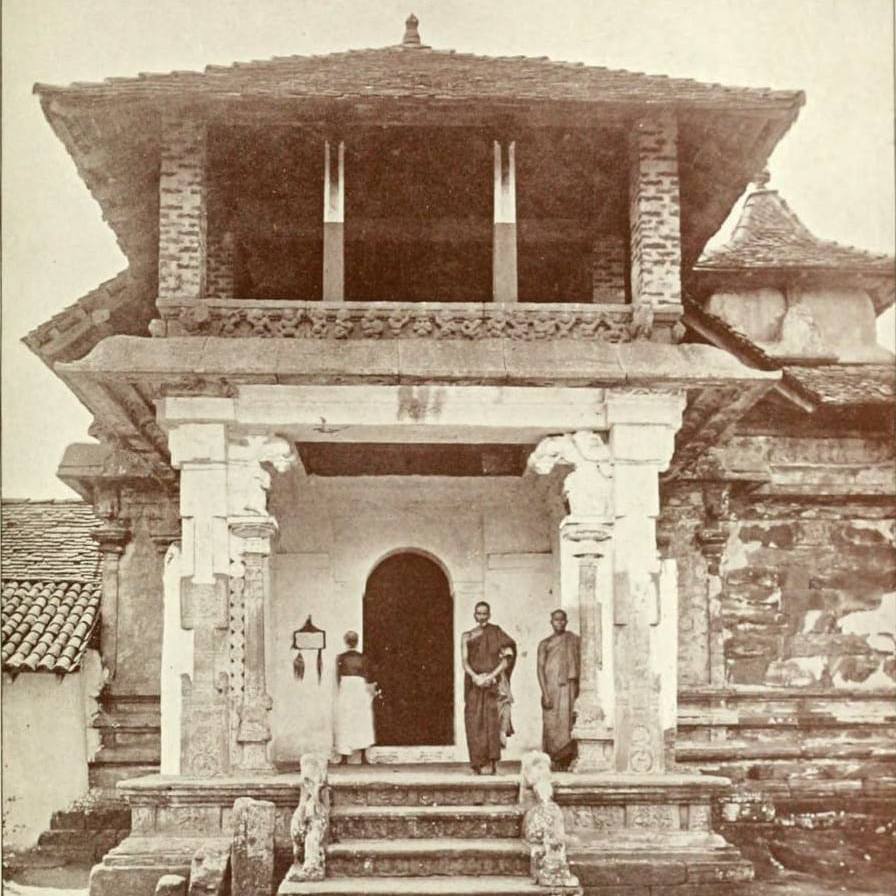
Minister Senalankadhikara was commissioned to construct the temple by being one of the chief ministers of the king. The temple originally should have been constructed as a four-storied building with the predominant material being granite and brick, which is a combination of Sinhalese and Dravidian architecture. Over the centuries, the building has suffered some damage and a lot of renovation, but it still retains most of its original beauty.
Location and Setting
Lankathilaka Temple is located at Udunuwara, approximately 12 kilometers from Kandy. It sits atop a huge natural rock known as Panhalgala, which raises it and commands a panoramic view of the countryside. This location not only contributed to its spiritual ambiance but also had defensive advantages in ancient days.
You have to climb up a number of rock-cut stone steps to reach the temple, enhancing the experience as a pilgrimage. The natural environment of trees and far-off mountain ranges contributes to the meditative and peaceful atmosphere of the temple.
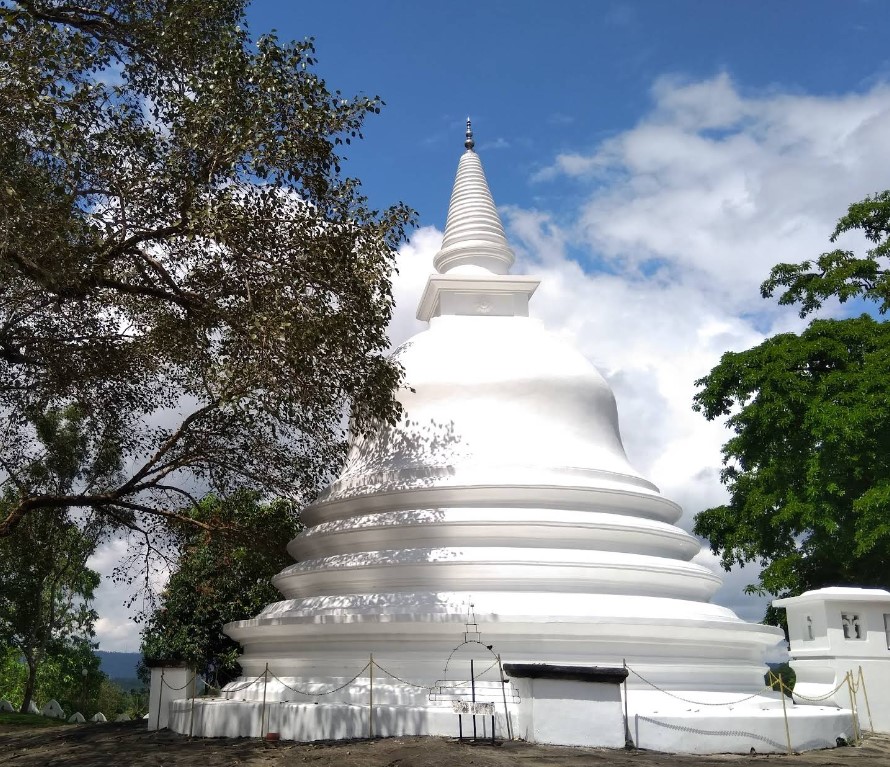
Architectural Features
The temple’s architecture is one of its most remarkable aspects. It is a fusion of South Indian (Dravidian) and traditional Sinhalese architecture, reflecting the cultural contact of Sri Lanka with Southern India in the 14th century.
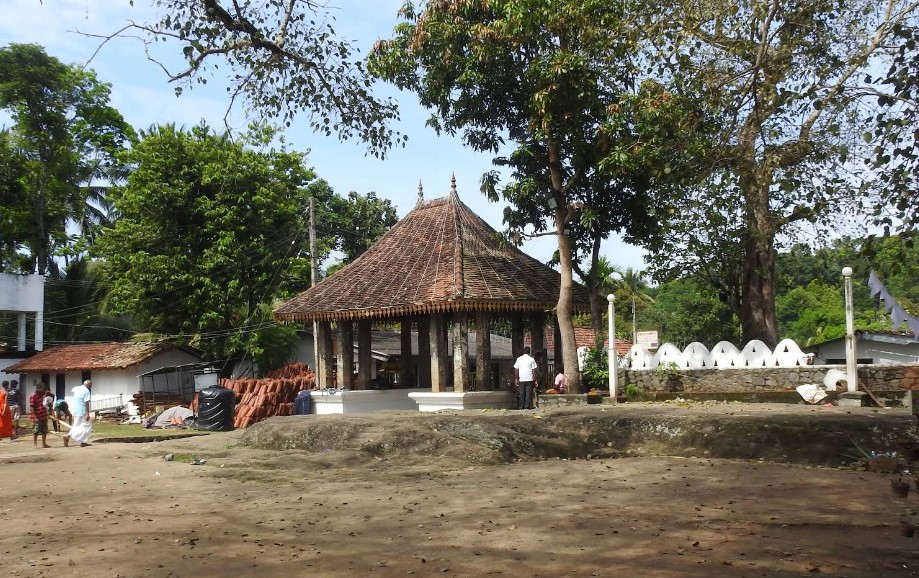
The temple itself was initially constructed as a five-story building projecting from the rock base, but only two stories remain today. Stone and foundation were used for the lower walls and base, whereas the highest sections were constructed using brick and mortar. This blend of materials was a advanced technique then and contributed to making the temple enduring.
The main image house (shrine room) is centrally located within the temple. It has a seated Buddha statue in the Samadhi position, supported by exquisite wall paintings and sculptures depicting Buddhist iconography, floral motifs, and mythical creatures. The arched ceilings of the inner sanctum and intricately carved stone details bear witness to extensive understanding of aesthetics and sacred geometry.
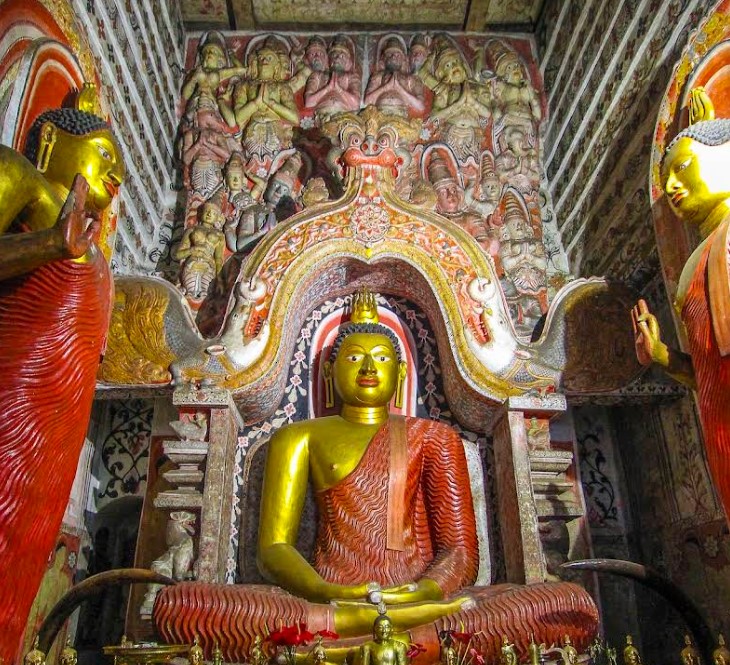
One of the characteristics that distinguish the temple is the spire or “sikhara” atop the shrine room, which is a variation of the South Indian temple’s Dravidian style. The exterior walls are characterized by pilasters and niches, with the interior featuring intricate Kandyan-era frescoes incorporated during subsequent restorations.
Cultural and Religious Significance
Lankathilaka Temple is a site of religious significance for Theravāda Buddhists, the dominant form of Buddhism in Sri Lanka. It has been a center for religious teaching, pilgrimage, and veneration for over 600 years. The temple represents not only spiritual ideology of its period but also is a repository of Buddhist doctrine, art, and culture.
The temple serves as a central location for conducting Perahera rituals and other Buddhist rituals carried out in the region. It used to be a key religious hub in the Gampola Kingdom, well-known for patronizing Buddhists scholars and monks. According to reports, monks from this temple contributed to the compilation and preservation of sacred Buddhist texts.
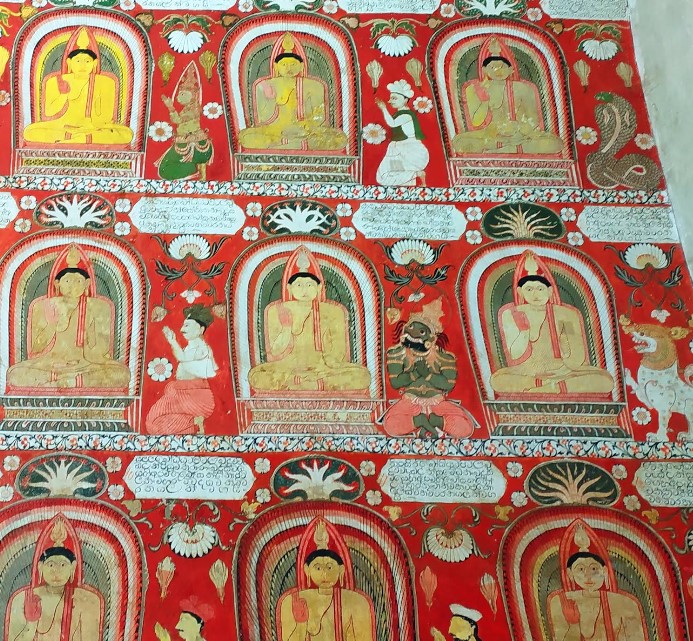
Additionally, the presence of Hindu temples within the temple complex is an indicator of the syncretic religious environment of the Gampola era. Both Buddhist deities and Hindu deities, such as Vishnu and Skanda, are worshipped by pilgrims, an indication of the syncretic religious behavior characteristic of medieval Sri Lankan society.
Art and Murals
The murals of Lankathilaka are significant representations of medieval Kandyan art. The paintings, although weathered with age, are still colorful and complex. They depict Jataka tales—narratives of the Buddha’s past life—and incidents from his life today. The pigments, largely natural, have not been affected by the passage of time since they were contained in a sheltered setting within the temple.
The painting also features delicate lotus designs, celestial beings, and mythical creatures, all symbolizing purity, security, and the cosmic balance that lies at the center of Buddhist teachings. The murals are more than decorative but serve to educate and encourage the followers, functioning as picture scriptures.
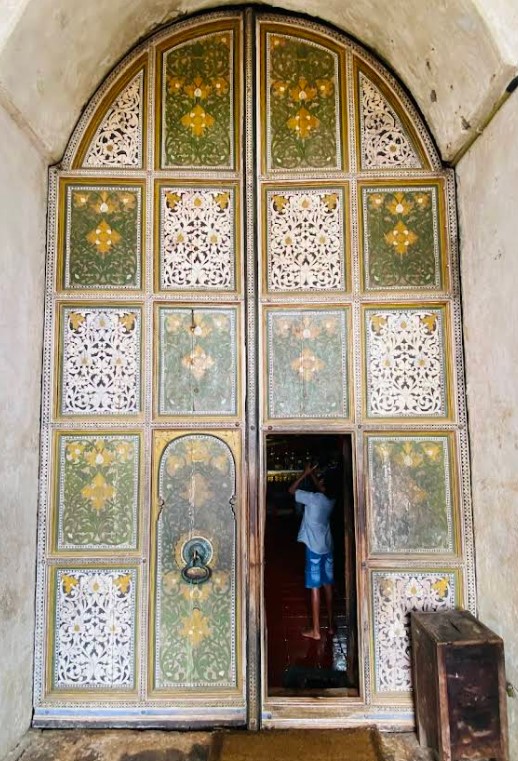
Preservation and Challenges
Like most of the ancient structures, the Lankathilaka Temple too has faced a number of preservation problems. The environmental factors, including humidity, monsoon rains, and biological growth, have caused erosion of part of the structure. Tourist traffic and natural aging are also still threats to its delicate artwork and masonry.
The Sri Lankan Department of Archaeology, along with international conservation bodies, has sought to restore and preserve the temple. Interventions undertaken today seek to be as non-invasive as possible in a bid to preserve the authenticity of the site but ensure it is preserved for future generations nonetheless.
Tourism and Modern Relevance
Now, the Lankathilaka Temple is a much frequented tourist spot by locals and tourists alike. It is one of the “Three Temples Loop” destinations around the Kandy area, including the Gadaladeniya Temple and the Embekka Devalaya, which were constructed around the same period and have the same architectural themes.
The temple draws pilgrims and visitors from all over, not just because of its religious significance but also due to the serene environment and serene landscape of hills and paddy fields surrounding the temple. The temple is a sanctuary for thinking, reflection, and appreciation of Sri Lanka’s rich cultural heritage.
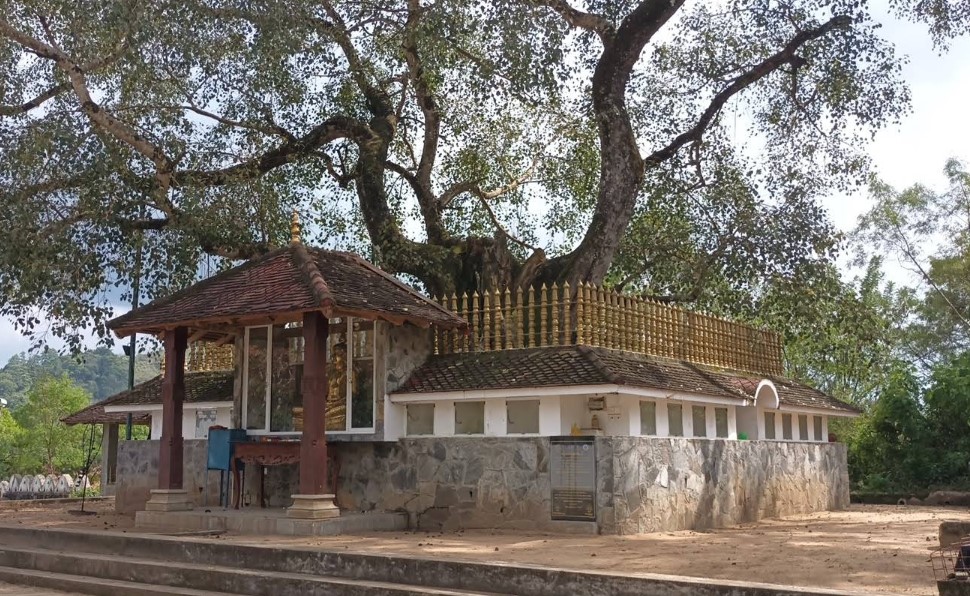
From Colombo to Lankathilaka Temple
- By Bus:
- Board a Colombo-Kandy intercity bus (Route No. 01) from the Bastian Mawatha Bus Stand in Pettah, Colombo.
- The journey takes approximately 3 to 4 hours, depending on traffic.
- Disembark at Pilimatalawa Junction, which is about 4 km from the temple.
- From Pilimatalawa, you can hire a tuk-tuk or take a local bus heading towards Gadaladeniya or Handessa.
- Alternatively, you can take a bus to Udunuwara and then walk or take a tuk-tuk to the temple.
By Train:
- Take a train from Colombo Fort Station to Kandy Railway Station.
- The train journey offers scenic views and takes approximately 2.5 to 3 hours.
- Upon arrival at Kandy, hire a tuk-tuk or take a bus to Pilimatalawa.
- From Pilimatalawa, follow the directions mentioned above.
By Private Vehicle:
- Drive along the A1 Colombo-Kandy Road.
- At Pilimatalawa, turn onto Daulagala Road (B116) and proceed for about 4 km to reach the temple.
- Parking is available near the temple, though it may be limited during peak hours
Accessing the Temple
Once you arrive near the temple, you have two main options to reach the temple complex:
- By Road: Drive up the 1.5 km access road (Lankathilaka Vihara Road) that leads to the temple entrance.
- On Foot: For a more traditional experience, ascend the rock-cut stone stairway from the Sanghawasa (monastic residence) at the base of the rock. This route offers a spiritual journey and panoramic views of the surrounding landscape.
Visiting Tips
- Best Time to Visit: Early morning or late afternoon for a quieter experience and to enjoy the natural beauty.
- Dress Code: Modest clothing is required; shoulders and knees should be covered.
- Nearby Attractions: Consider visiting the nearby Gadaladeniya Temple and Embekke Devalaya, both located within a few kilometers of Lankathilaka.
- Facilities: Basic amenities like food stalls and souvenir shops are available near the temple entrance.
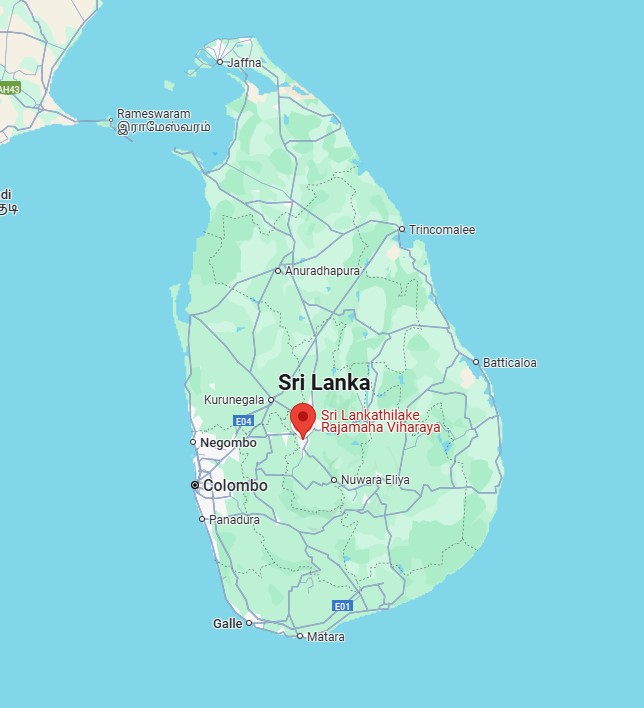
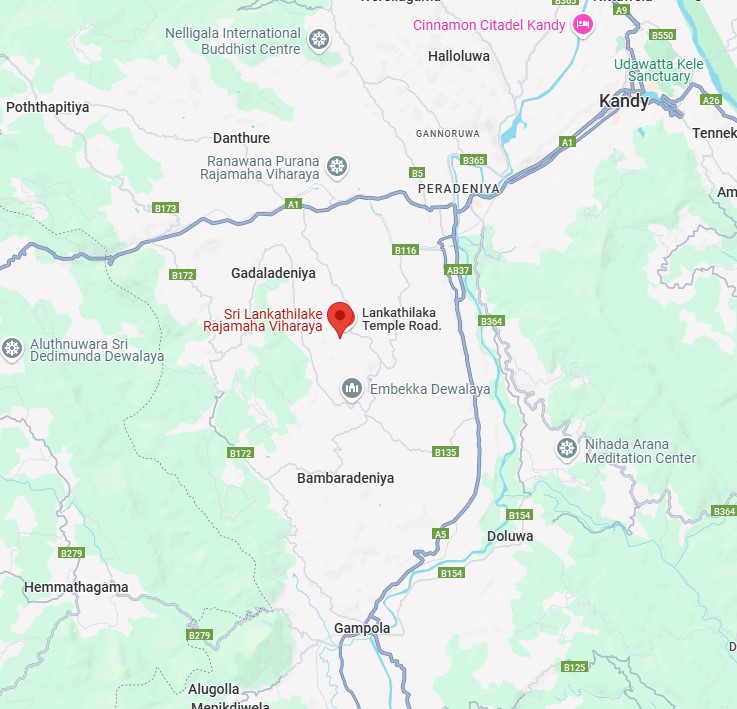

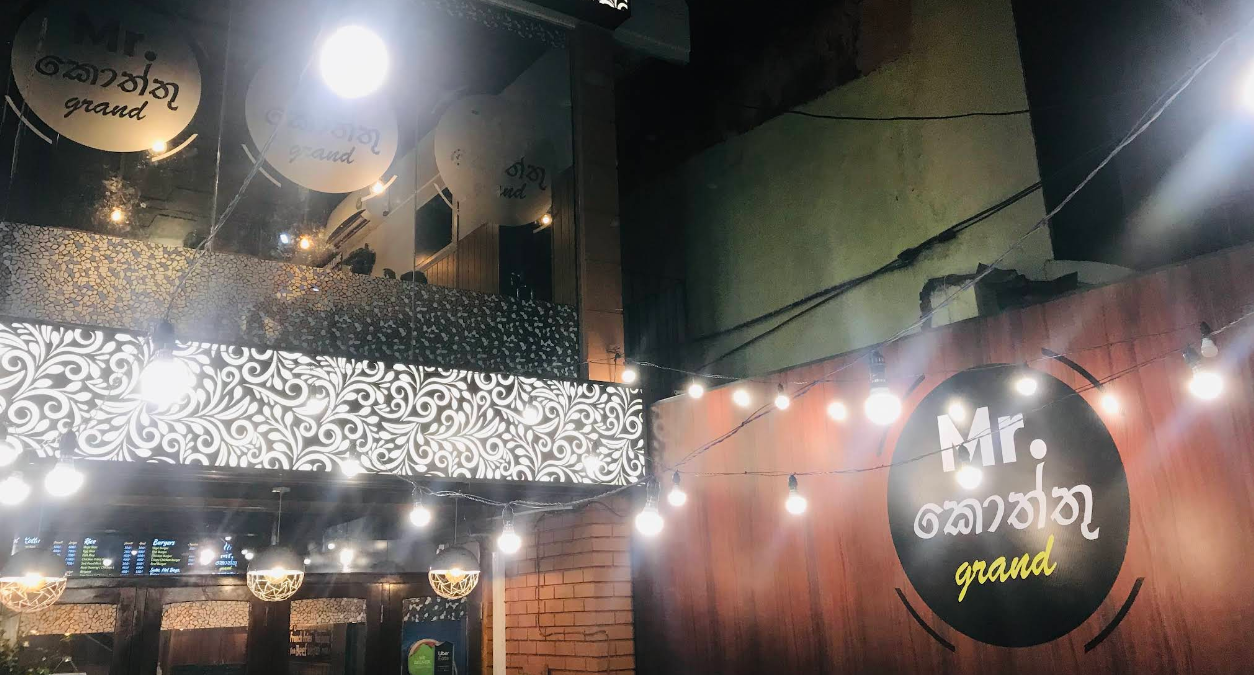

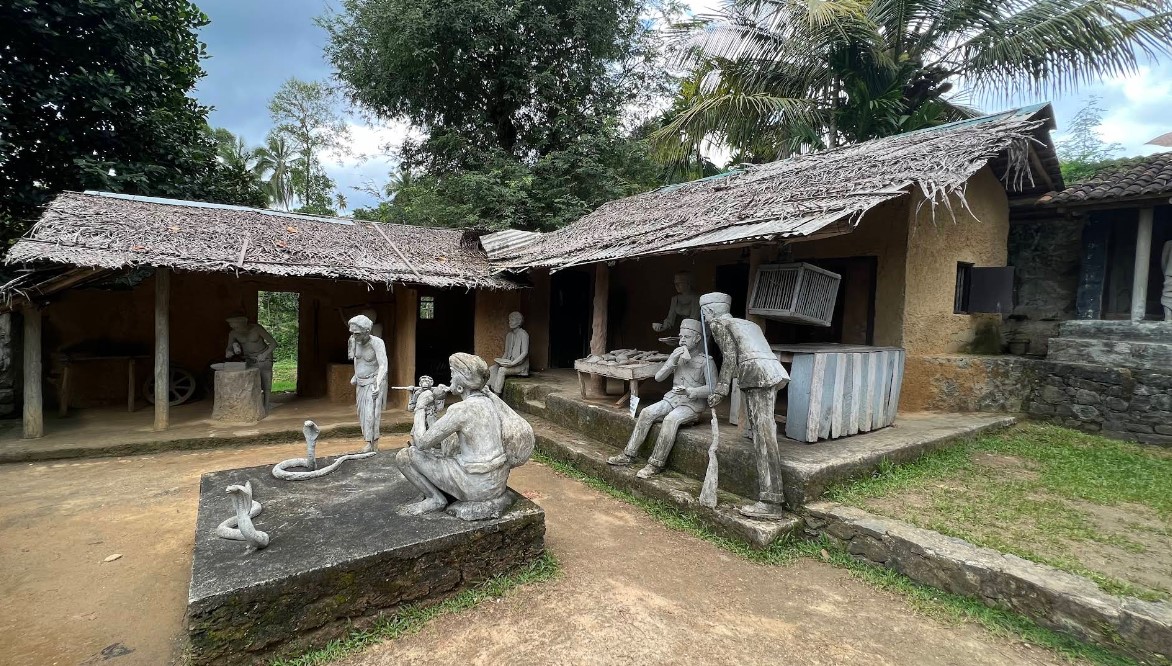
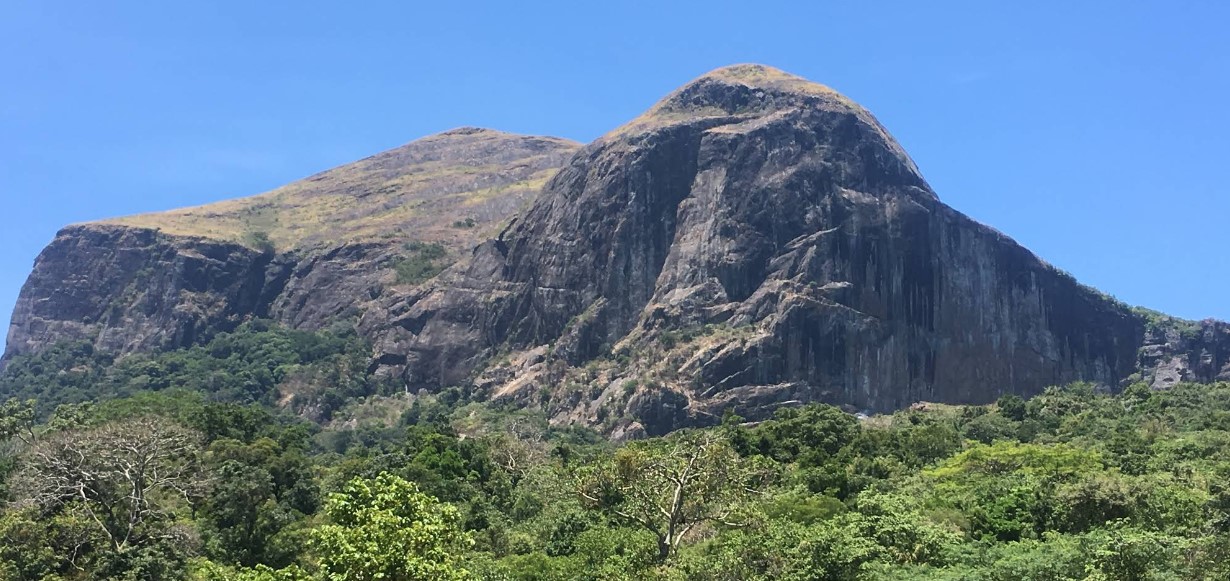
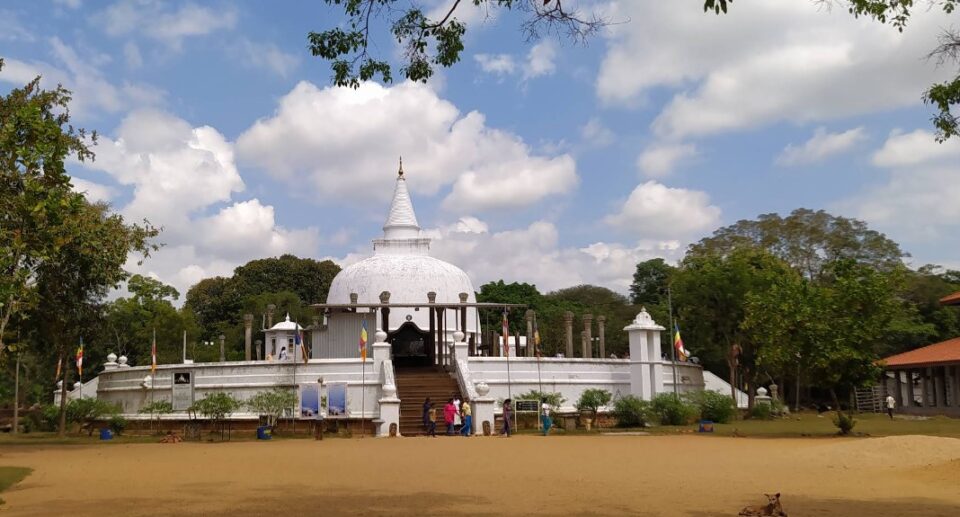
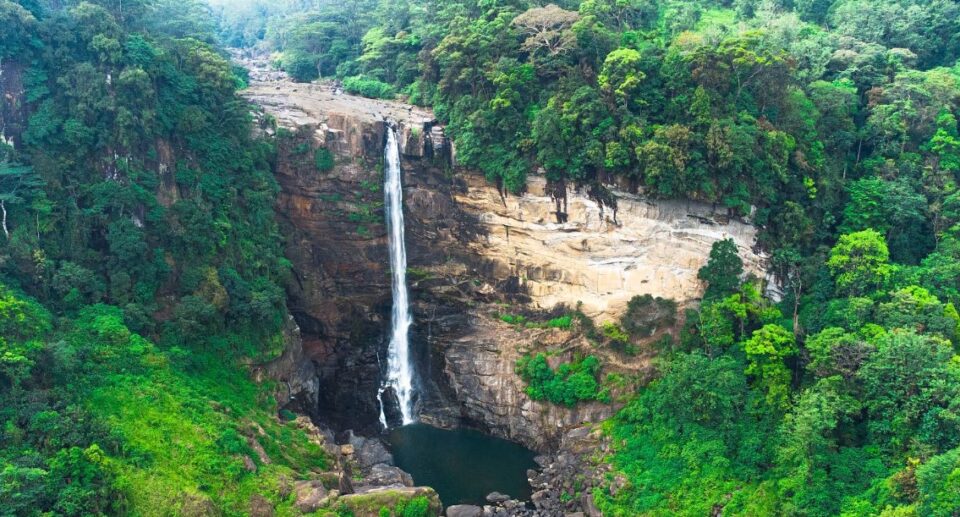
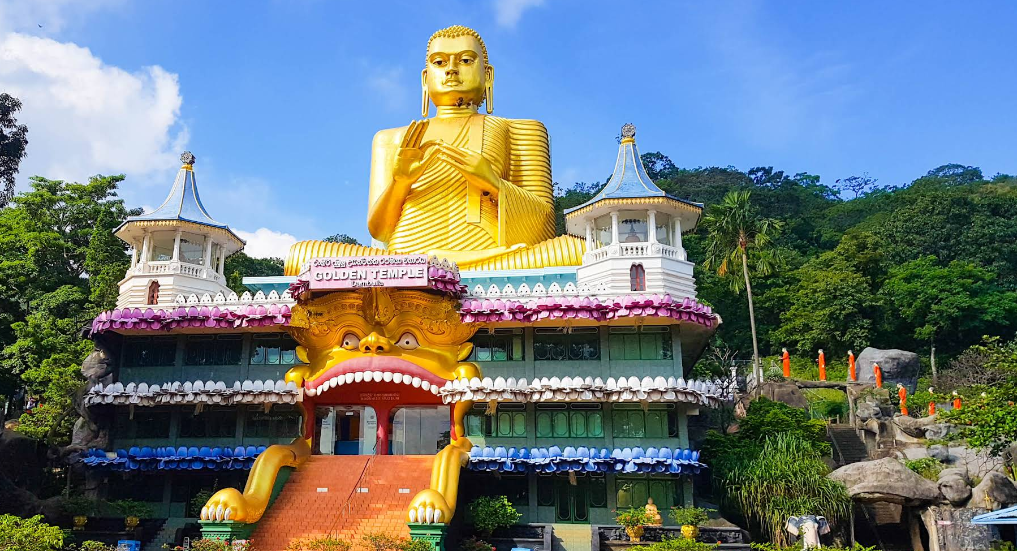
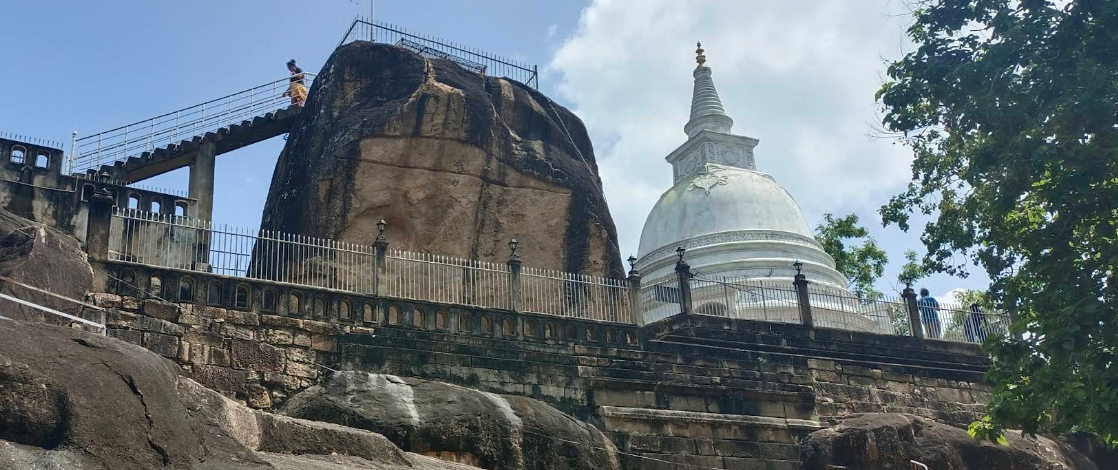
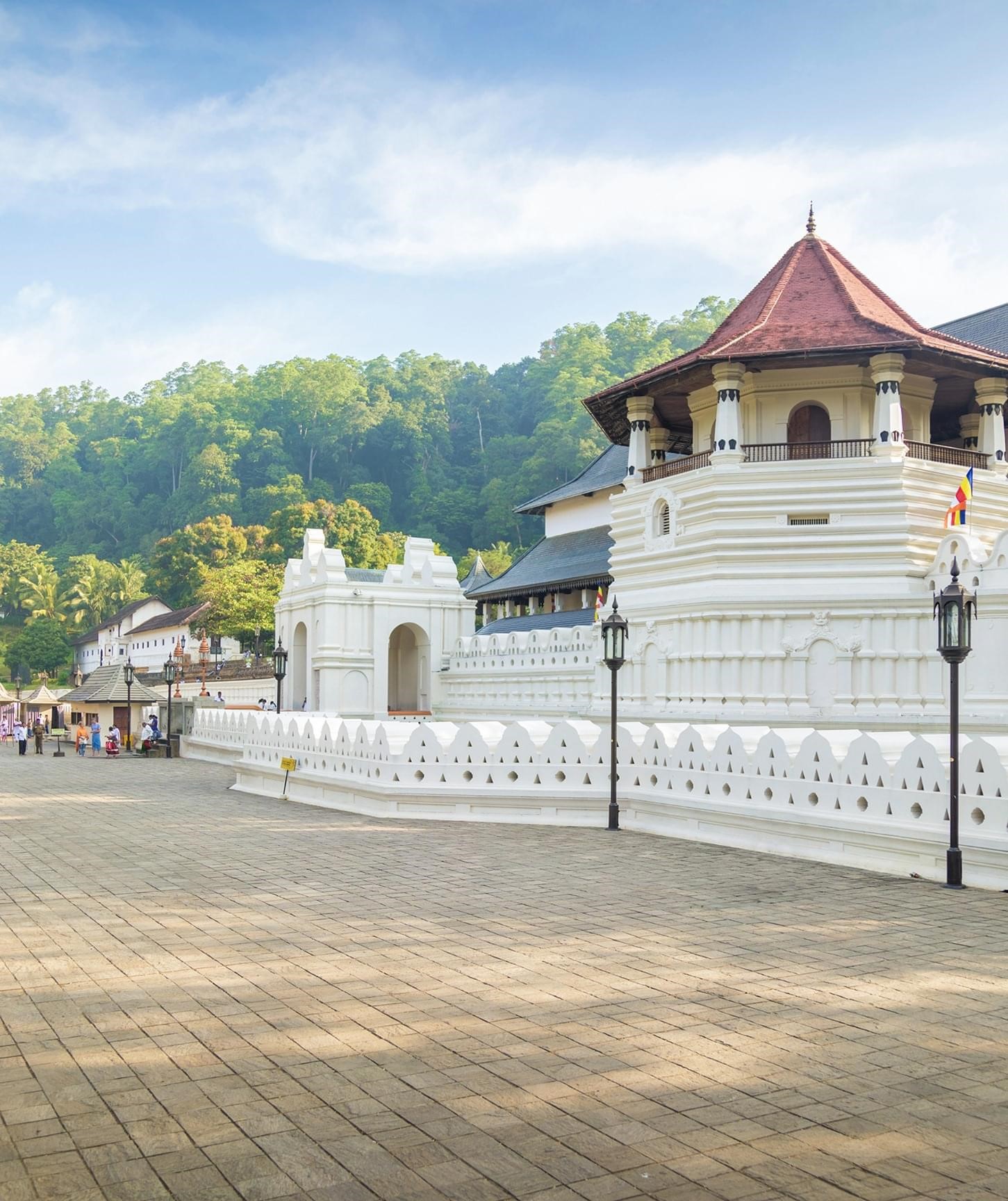
2 Comments
I needed to post you this bit of remark in order to thank you so much as before for the fantastic thoughts you’ve discussed on this page. It is simply shockingly generous with people like you to offer without restraint what numerous people would’ve offered for an ebook to help make some bucks for themselves, particularly considering that you could possibly have tried it in case you considered necessary. Those secrets as well served to be the easy way to comprehend someone else have the identical fervor just like my own to understand great deal more when it comes to this issue. I’m sure there are several more enjoyable periods up front for people who see your blog.
Your place is valueble for me. Thanks!…